New Zealand ANZ Business Confidence rose to -15.7 in October, up from September’s -28.5. That’s slightly below October’s preliminary reading of -14.5. Confidence was best in construction at 12.5 and worst in agriculture at -50.0. Own Activity outlook turned positive to 4.7, up from -5.4. Activity was positive in all (including retail, manufacturing, construction and services), except agriculture at -4.0.
ANZ said: “There was a mix of ups and downs – it’s no longer true to say that business activity and sentiment indicators are bouncing strongly across the board. We do expect businesses to face some tougher times as the cushioning impact of the wage subsidy fades, but our best guess is that it’ll take at least a month or two to be felt. For now, the levels are encouragingly robust, on the whole.”

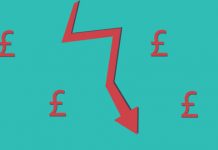


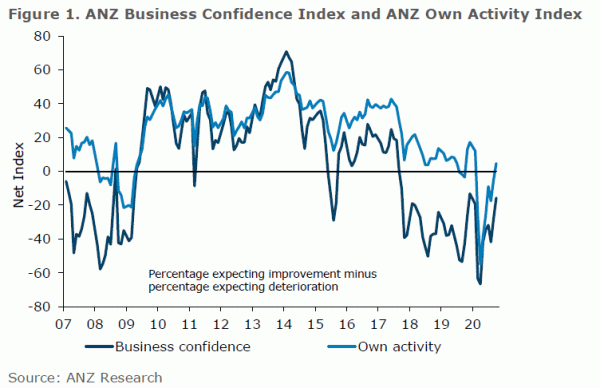
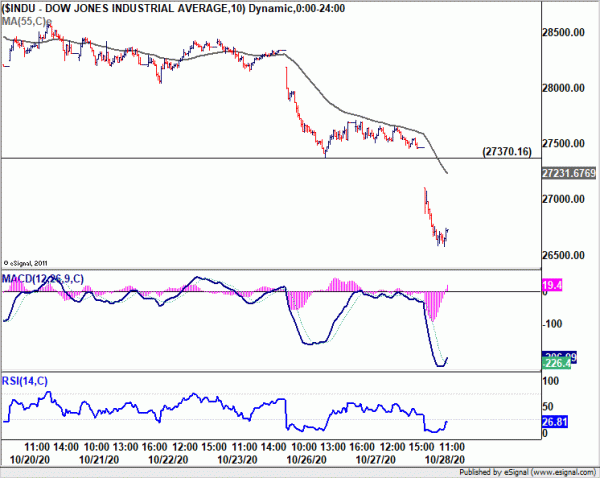
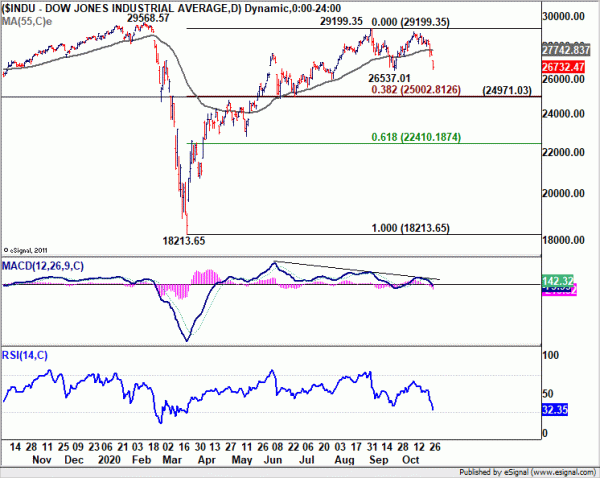
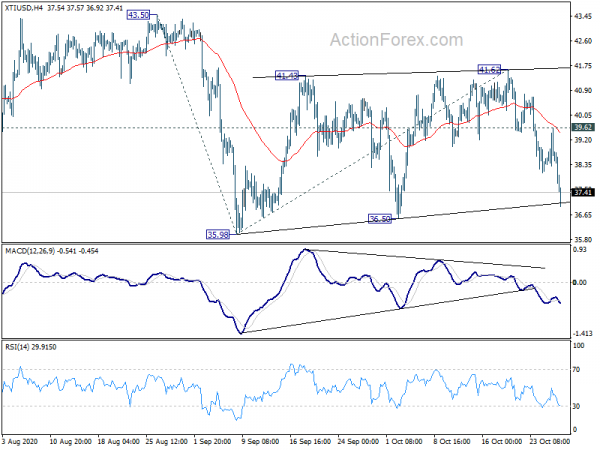
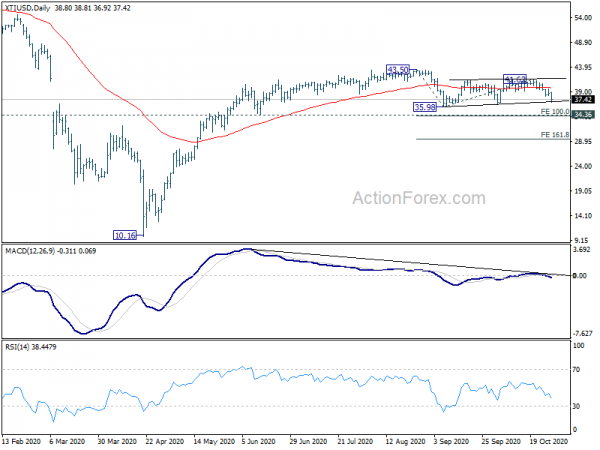

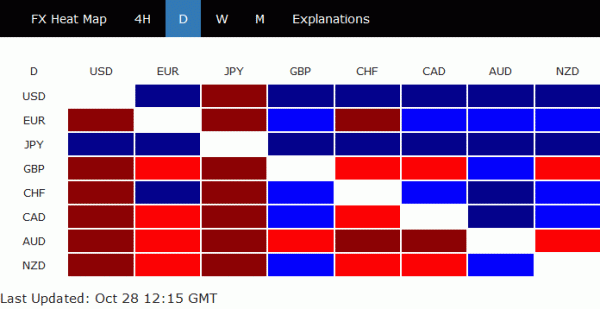
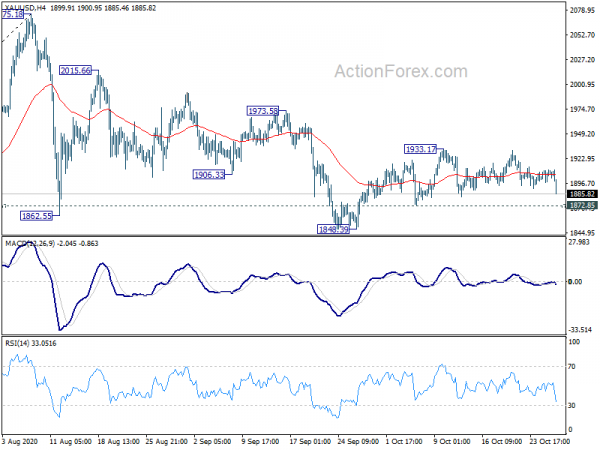
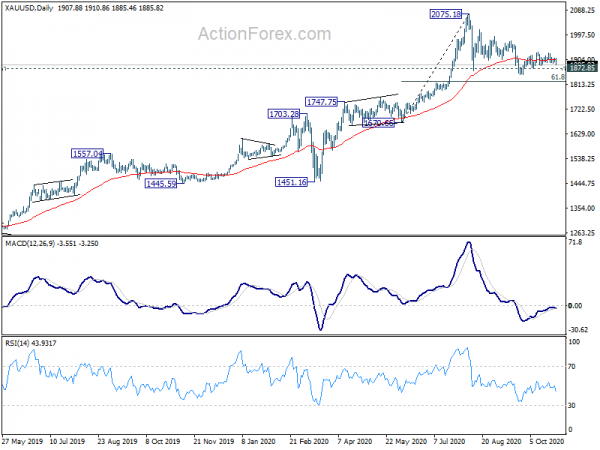

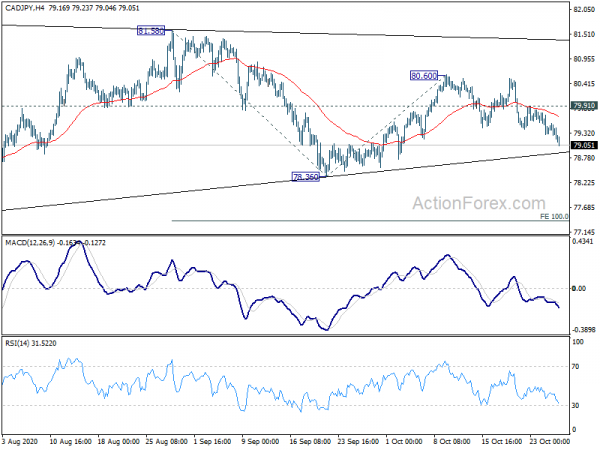
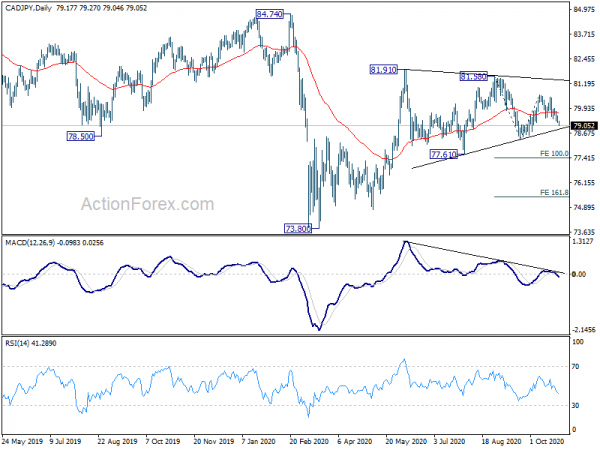

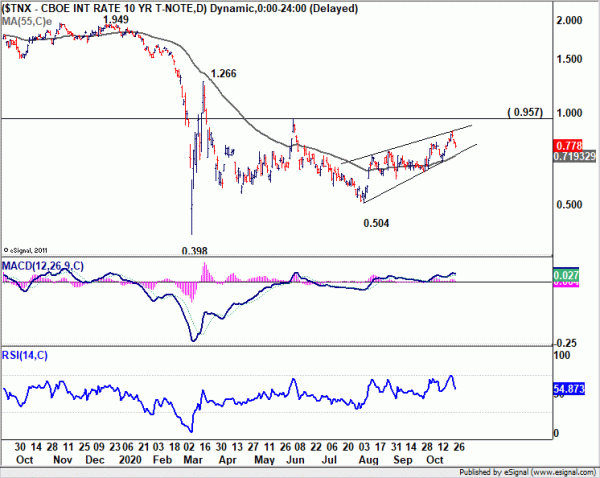
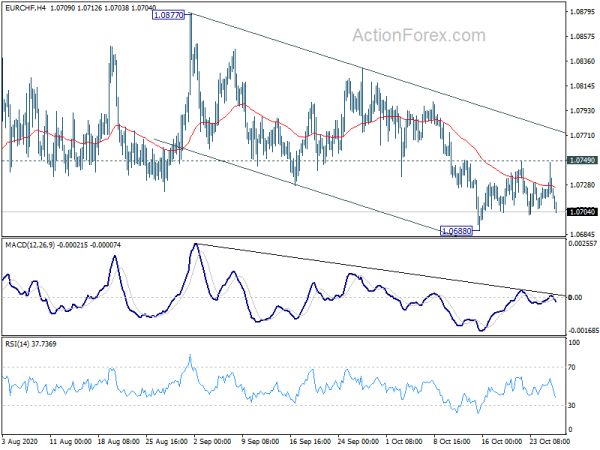
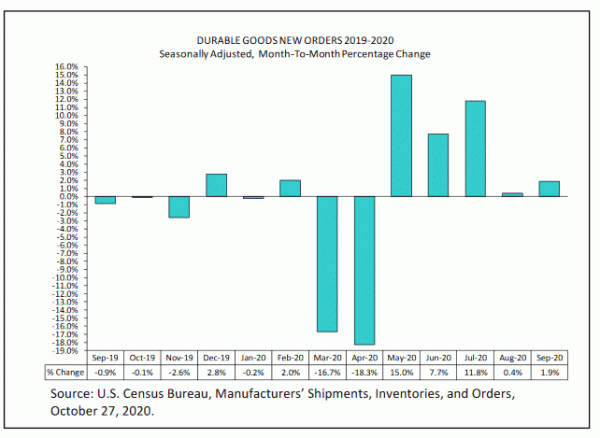
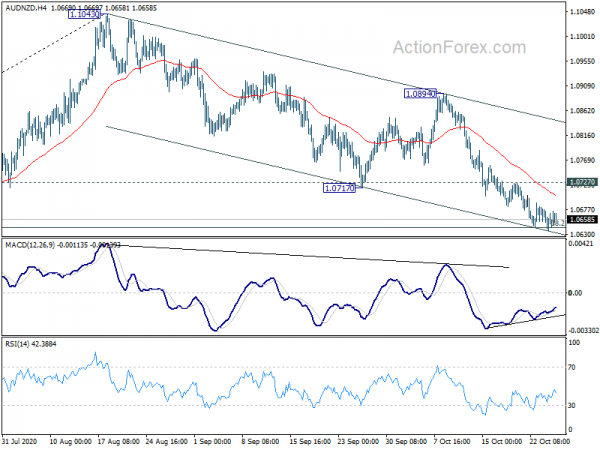
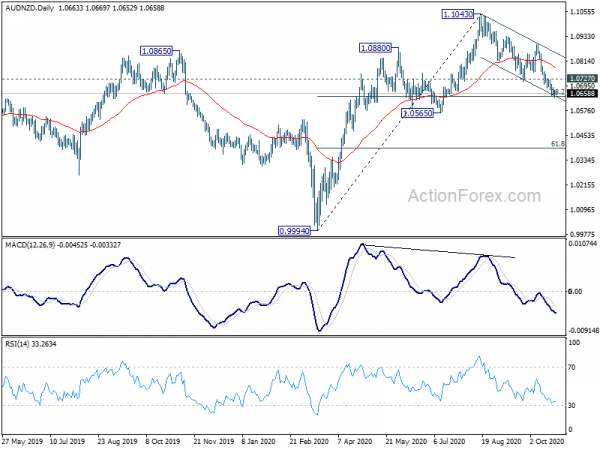
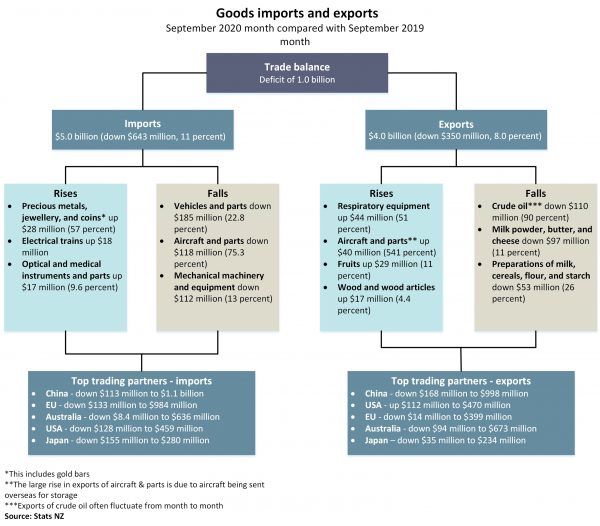

Australia NAB business confidence rose to -10, conditions rose to -4
Australia NAB Business Confidence rose to -10 in Q3, up from Q2’s -15. Business Conditions improved markedly. Current situation rose from -26 to -4. Conditions for next 3 months rose from -22. to -3. Conditions for next 12 months turned positive from -8 to 13.
Looking at some more details, Employment rose from -29 to -14. Employment for next three months rose from -14. to -2. Employment for next 12 months turned positive, from -12. to 5. Trading turned positive from -25 to 2. Profitability rose from -25. to -1.
Alan Oster, NAB Group Chief Economist: “The Q3 survey conducted from mid-August to mid-September shows that conditions had improved notably from Q2 reflecting the opening up of the economy and generally better expectations about the virus. That said, despite the strong gains, both conditions and confidence remain very weak”.
“As the economy opens up and the recovery unfolds business confidence will be an important factor in determining how quickly things can get back to normal. While uncertainty will likely remain elevated at the global level, opening up state borders and at least reaching a COVID-normal domestically will be important for further gains in confidence” said Oster.
Full release here.